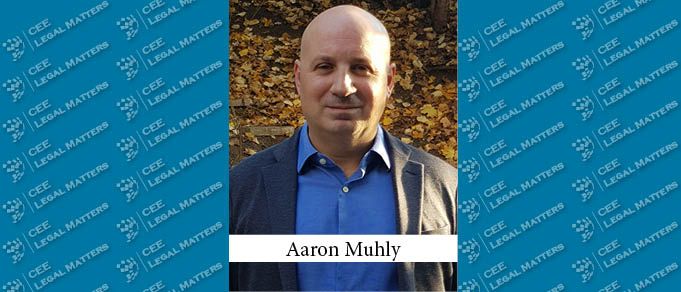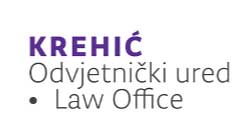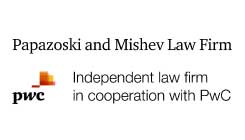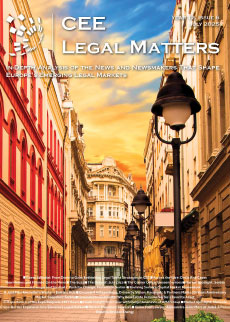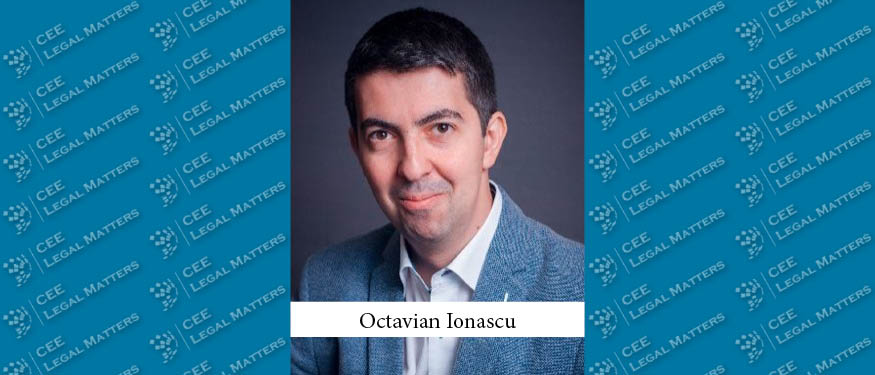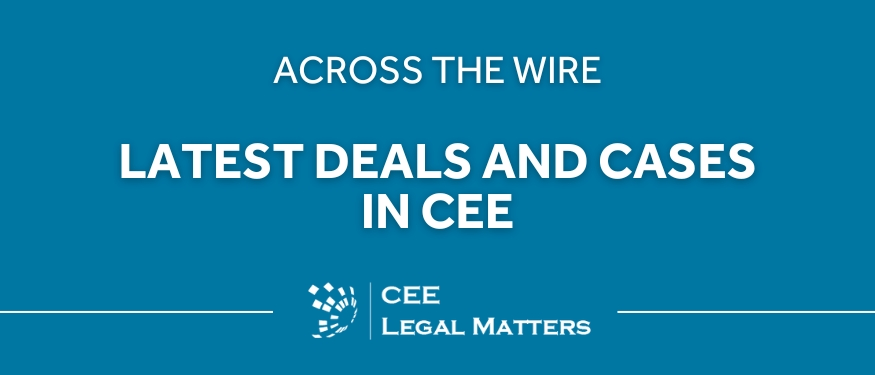When you get up to present at a conference, what is your goal? Since lawyers are addicted to billable hours, you are probably gambling some non-billable time with the hope of landing some legal work. To accomplish this, you want to sell yourself to potential clients as a competent, trustworthy, and mildly entertaining lawyer.
If that’s the case, what’s up with those slides? You know what I’m talking about. Those super-heavy slides filled wall-to-wall with dense legal citations that blow up the brains of your audience. (And no, sprinkling in some bullet points isn’t saving the day.)
When lawyers smother their audiences with massive information dumps, they kill the sale. Not only do these burdensome slides distract clients from appreciating your brilliance, but they also send the terrible signal that you will do the exact same thing when managing their matters. In other words, they should expect that you will bombard them with excessively long emails that they don’t have the patience to read.
If you would like to avoid wasting these valuable opportunities to generate business, you’ve got to simplify those slides. In this article, you will learn some helpful techniques for converting even the cruelest sets of slides into something that clients can handle, and more importantly, actually appreciate.
Step One: Preserving the Value
If you are like many of my students, you use your slides as a form of notes for your presentation. You are filling your slides with bullet points to help you identify all the pieces of information that you would like to convey during your presentation. If so, that’s OK because those slides are not only valuable to you, clients like them too – just not during your presentation. When I talk to in-house lawyers about the slides of external lawyers, they oftentimes mention that they find the detailed slides useful as a learning tool after presentations.
So, take those slides and send them to the participants after your presentation. Actually, don’t just send them the slides. Send them links to any additional resources that they might find helpful (e.g., related articles / reports prepared by your firm). With this approach, you are definitely starting to look trustworthy and competent.
Step Two: Highlight and Delete
Next, you can make your original slides a lot more accessible for your audience if you reduce each slide to one main concept. To accomplish this, just go through and highlight the key words on each slide. After highlighting, delete everything else. You should have left just a few key words – we’re talking phrases, not sentences.
If you are concerned that you still have too much on a slide, just split up the information into multiple slides. Remember: no one is complaining about too many slides. We just want each slide to communicate a simple concept, a concept that you will expand upon as you speak.
Step Three: Go for Images
As a final step, it’s time to use a much under-used skill of lawyers – creativity. If you can replace your words on a slide with a related image, you will create a much more powerful impact on your audience. You can use safer images like a timeline, graph, or pie chart. But, you can also unload a killer image by simply going to Google Images and searching for an interesting picture. Naturally, you won’t be able to find image replacements for most of your slides, but even a couple of non-textual slides can greatly improve the experience for your audience.
Learn More
If you are looking for a book to help you deliver cooler-looking presentations, check out Resonate by Nancy Duarte. She is an expert in creating impactful presentations via visual storytelling.
Aaron Muhly is an American lawyer who has been training European professionals on clear writing and effective communication for over 15 years.
This Article was originally published in Issue 9.7 of the CEE Legal Matters Magazine. If you would like to receive a hard copy of the magazine, you can subscribe here.

